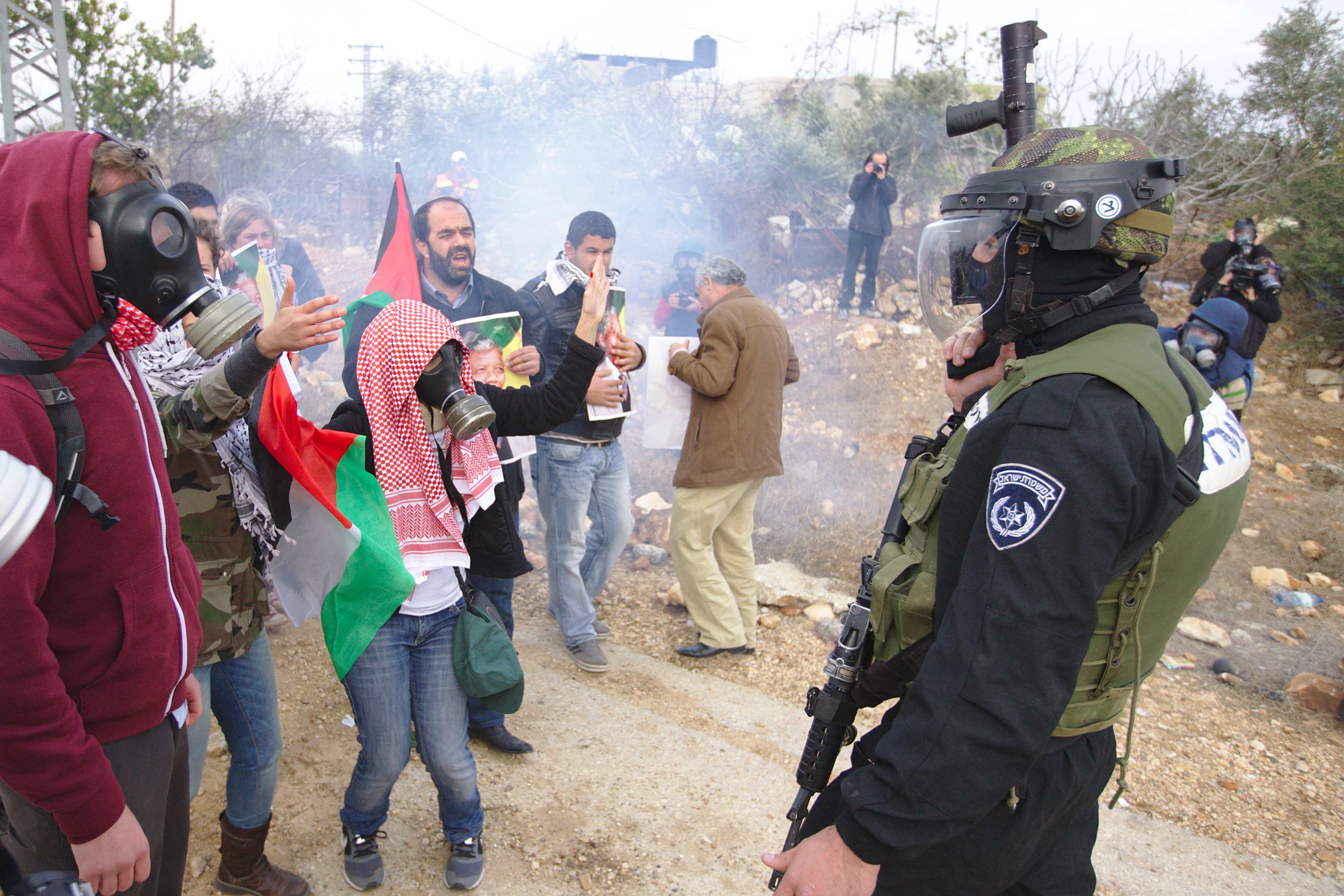Tag: Demonstration
-

Gaza: “Free the Holy Land sea”
23rd December 2013 | International Solidarity Movement, Rosa Schiano | Gaza, Occupied Palestine “Free the Holy Land sea” was a three-day protest by fishermen in Gaza which began on Tuesday, 17th November. The fishermen, supported by the Palestinian Center for Human Rights and al-Mezan Center for Human Rights, set up a tent at the Gaza…
-

At Gaza sit-in for detainees, Um Rami and Um Dia’a hope sons will be released next week
17th December 2013 | Resistenza Quotidiana, Silvia Todeschini | Gaza, Occupied Palestine Every Monday, activists and relatives of political prisoners in Israeli jails attend a solidarity sit-in inside the courtyard of the International Committee of the Red Cross in Gaza. The perseverance of these women and men, who have met here every week for eighteen years,…
-

Under Israeli fire, Gaza fishermen plan protest tent to “free the Holy Land sea”
12th December 2013 | Free the Holy Land Sea | Gaza, Occupied Palestine For Immediate Release Contacts: Zakaria Baker (Arabic) zakarea-1010@hotmail.com Khalil Shaheen (Arabic, English) khalilshaheen@yahoo.com On Tuesday, 17 December, Palestinian fishermen will pitch a protest tent in the Gaza seaport. The structure, which will stand for three days and be decorated with pictures of fishermen attacked…
-
Three people detained and several people injured during demonstration in Nabi Saleh
8th December 2013 | International Solidarity Movement | Nabi Saleh, Occupied Palestine Yesterday, the village of Nabi Saleh held an event to commemorate the deaths of Mostafa and Rushdi Tamimi. It is the second year anniversary of the death of Mostafa who was killed during a demonstration. The 7th of December also marks 26 years since…
-
Photos: Palestinian fishermen and activists sail to protest Israel’s siege of Gaza
4th December 2013 | International Solidarity Movement, Charlie Andreasson | Gaza, Occupied Palestine On Monday, 2nd December 2013, 200-250 Palestinians, foreign activists and journalists, many from international media, gathered in the Gaza seaport for a joint action to alert the world about the siege and its consequences for fishermen pursuing their profession. The action resulted from…


